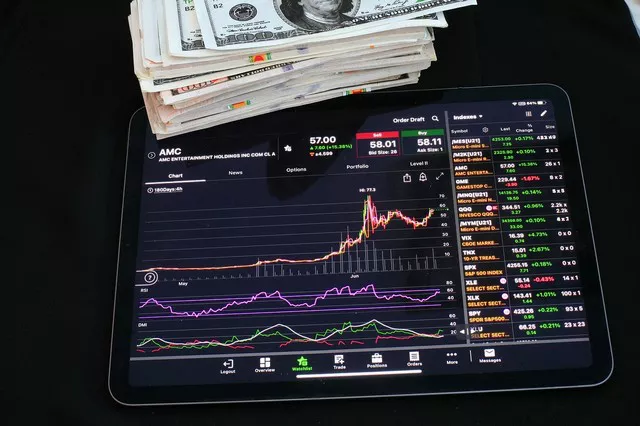Day trading in the futures market has become increasingly popular among investors seeking to capitalize on short-term price movements and volatility. However, day traders must adhere to specific rules and regulations governing their trading activities, including the day trading rule. In this article, we’ll explore the day trading rule for futures trading, outlining its guidelines, implications, and considerations for market participants. By understanding the day trading rule, traders can navigate the futures market with clarity and compliance.
Understanding Day Trading in Futures
Day trading refers to the practice of buying and selling financial instruments, such as stocks, options, or futures contracts, within the same trading day with the goal of profiting from intraday price fluctuations. Day traders seek to capitalize on short-term market movements and volatility, often employing technical analysis, chart patterns, and trading indicators to identify potential trading opportunities.
Key Features of Day Trading Rule for Futures
Pattern Day Trading Rule: The day trading rule for futures is governed by the Pattern Day Trading (PDT) rule, which is enforced by the U.S. Securities and Exchange Commission (SEC) and the Financial Industry Regulatory Authority (FINRA). The PDT rule applies to traders who execute four or more day trades within a five-business-day period in a margin account.
Minimum Equity Requirement: Under the PDT rule, traders must maintain a minimum equity balance of $25,000 in their margin account to engage in pattern day trading. This minimum equity requirement serves as a protective measure to ensure that day traders have sufficient funds to cover potential losses and meet margin calls.
Margin Account Classification: To be classified as a pattern day trader, traders must use a margin account for their day trading activities. A margin account allows traders to borrow funds from their broker to leverage their trading positions, amplifying potential returns but also increasing the risk of losses. Pattern day traders are subject to specific margin requirements and restrictions imposed by their brokers.
Day Trade Definition: According to the SEC’s regulations, a day trade is defined as the purchase and sale of the same security or futures contract within the same trading day. Each round-trip trade (buying and selling) counts as one day trade, regardless of the number of contracts or shares traded. Trades that are opened and closed within the same day are considered day trades.
Guidelines and Implications of the Day Trading Rule
Compliance Requirements: Traders subject to the PDT rule must comply with the minimum equity requirement and other regulatory guidelines to continue day trading in their margin accounts. Failure to meet these requirements may result in restrictions on trading activity, account suspensions, or liquidation of positions by the broker.
Risk Management: Day traders must employ effective risk management strategies to mitigate the inherent risks associated with day trading. This includes setting stop-loss orders, diversifying trading positions, managing position sizes, and adhering to predetermined risk-reward ratios. By managing risk effectively, traders can protect their capital and preserve their trading accounts over the long term.
Capital Allocation: Traders must allocate their capital wisely and avoid overleveraging their positions, especially when trading futures contracts with high volatility and leverage. It is essential to assess the risk-return profile of each trade and allocate capital accordingly to minimize exposure to potential losses.
Market Volatility: Day traders must be prepared to navigate periods of heightened market volatility, as intraday price movements in futures markets can be significant and unpredictable. Volatility presents both opportunities and challenges for day traders, requiring them to remain disciplined, focused, and adaptable to changing market conditions.
Conclusion
In conclusion, the day trading rule for futures trading imposes specific guidelines and requirements on traders engaging in pattern day trading activities. By understanding the PDT rule, traders can navigate the futures market with clarity, compliance, and discipline. Effective risk management, capital allocation, and adaptation to market volatility are essential for success in day trading futures. Whether you’re a seasoned day trader or new to futures trading, adhering to the day trading rule and implementing sound trading practices are key to achieving your trading goals and objectives in the dynamic world of financial markets.


